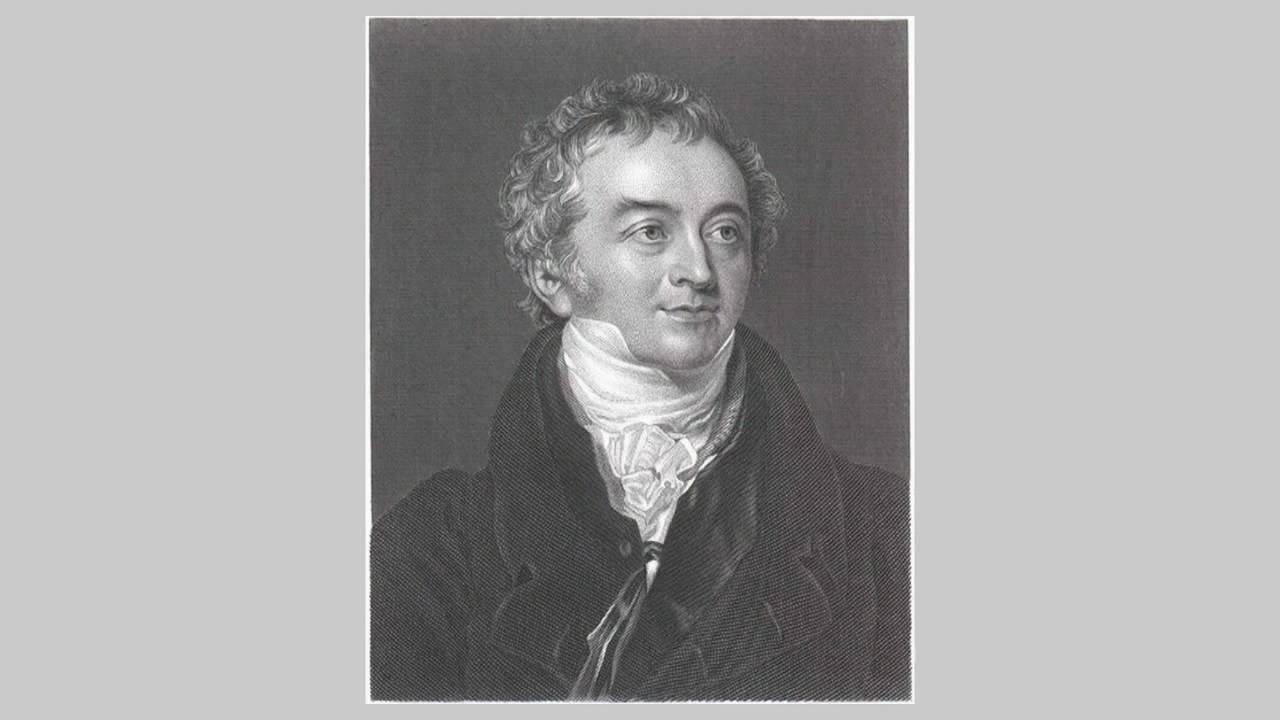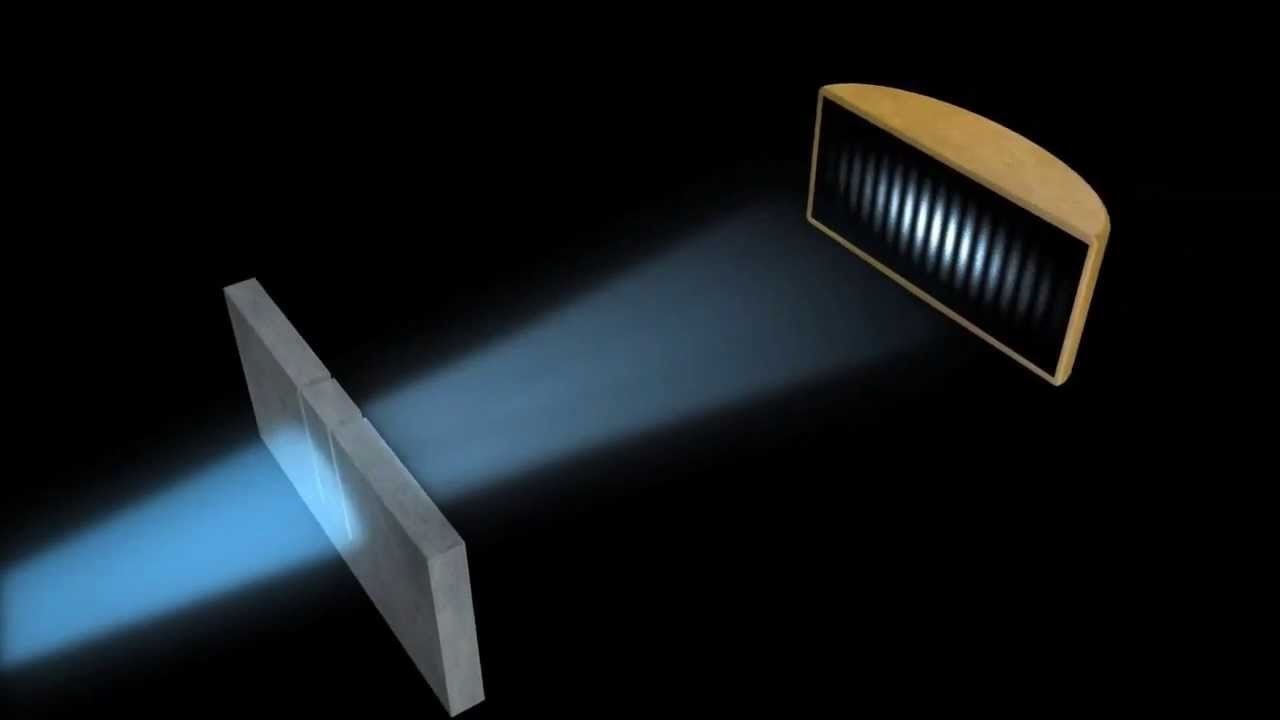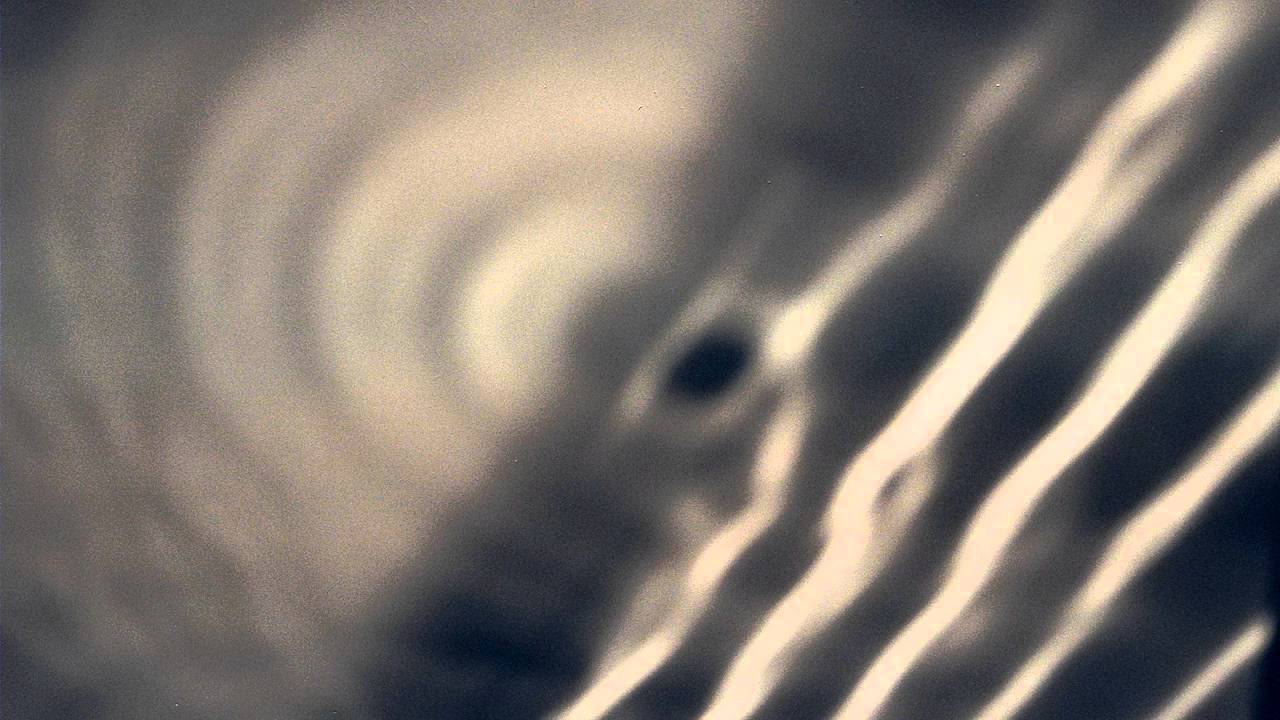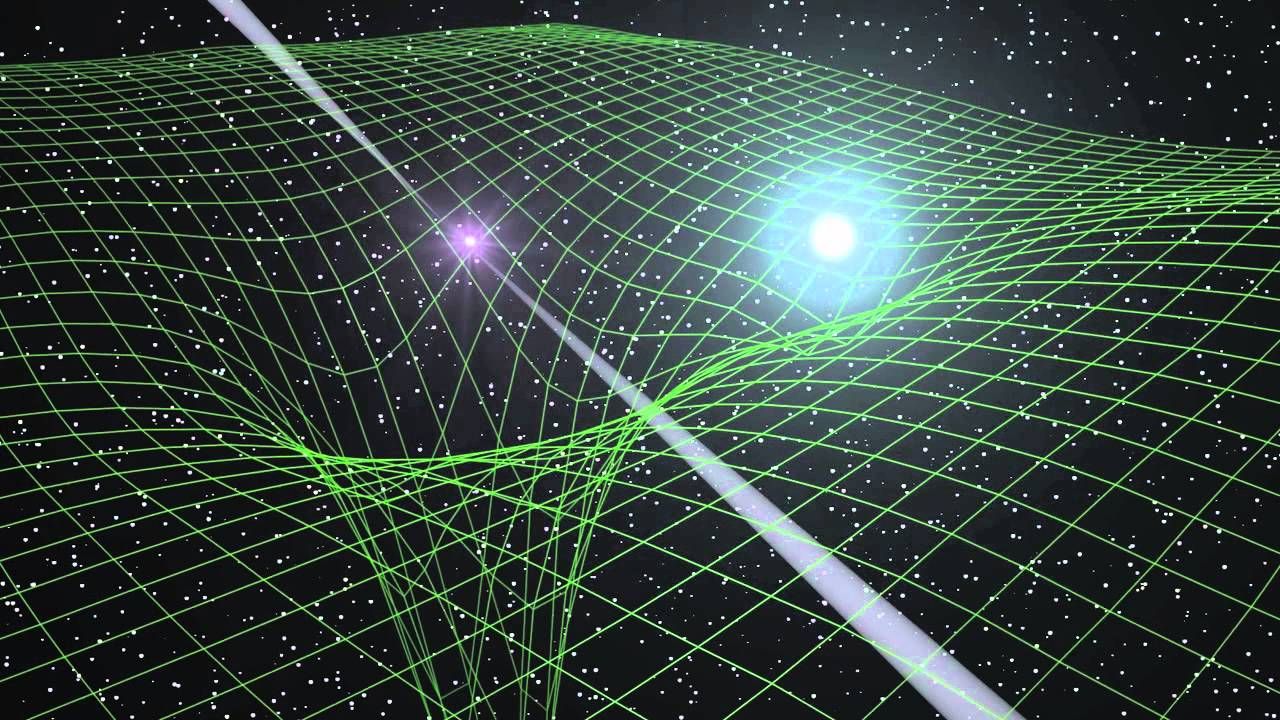The double slit experiment, also known as Young’s experiment because it was carried out by physicist Thomas Young, revealed that light has not only particle but also wave properties, unlike what was known until that day. Let’s take a closer look at what the Young’s experiment is and examine its significance within the framework of scientific history.
Science is an interesting field. So much so that a fact that everyone accepts today can sometimes become a completely different reality with the proof of a theory put forward hundreds of years ago. Young’s experiment is a prime example of this. As performed by Thomas Young The double slit experiment, also known as Young’s experiment, Contrary to what was known until that day, he revealed that light has not only particle but wave properties.
What makes Young’s experiment interesting, which you can apply even at home with your own means, is the results obtained, as well as the process of Thomas Young’s reaching this experiment. Examining the relationship between man and nature, the physicist brought to light a completely different reality, taking into account the theories of scientists who lived in the past. Bride Let’s take a closer look at what is Young’s experiment and let’s see the interesting details about this experiment.
Let’s look at the world of science before the Young experiment:
Before moving on to the Young’s experiment and the wave theory of light, which was carried out by Thomas Young in the 19th century, it would be useful to take a closer look at the scientific world of the period. Until that time coined by names like Isaac Newton and Descartes. The particle theory of light worked for physicists and gave results confirming many studies about light.
The study of electricity and sound waves was a very popular topic among scientists in the late 18th century. Electricity and sound were waves, that was accepted. But Thomas Young and some scientists couldn’t help but think; Can light be a wave too? It is on this question that some studies and experiments have begun.
Who is Thomas Young who did the Young experiment? Actually, his real interest was in the field of medicine:

Born in England on June 13, 1773, Thomas Young received basic education in many different fields of science and art. A true intellectual, Young He was interested in medicine. But what he really wanted was to see. How did people see it?
On this curiosity, he started to work in the field of medicine, more precisely on the eye and seeing. Thomas Young once again realized an interesting fact. The eye could see through the light entering it. Good, but if the light is in a particulate structure, how did it give such a result when it entered the eye? On this question, his field of study expanded and he began to work in the fields of optics and electrodynamics.
Thomas Young announced the wave theory of light in an article:
The first studies on the structure of light date back to the Renaissance period. In these experiments, which are generally carried out using water waves, waves from two sources converge and showed that light has a particle structure. At that time, all scientists generally accepted this theory.
In 1800, Thomas Young published an article and claimed that light has not only a particle but also a wavy nature. But Young was a novice. He presented this theory without applying experiment, which is the most important feature that makes science science. There was great pressure on him, he had to prove the wave theory of light with an experiment, and he rolled up his sleeves.
The double slit experiment was carried out in front of the distinguished scientists of the time:

On 24 November 1803 Thomas Young was appointed a member of the British Royal Society of Science. He attended the meeting with a large bowl in his hand. He requested that all curtains be closed and that no light enters. In the basin in his hand he placed a board with two holes in it. He made two slits in one of the curtains with a needle. He placed another curtain half a meter in front of it.
If the light had only a particle structure, as it was known until that day, regular shapes would be formed on the curtain inside, just like those slits. But on that screen waves were forming, just as observed in water and sound waves. There it was, the light was quite wavy. But science also has its bigots.
The experiment by Thomas Young visibly upset everything that had been known up to that time. Many physicists said it was a gimmick. However, Young did not give up, he also created a strong theoretical background to prove this model and turned it into a book. This theory, which was put forward by Young’s experiment, began to be studied by other physicists.
How is Young’s experiment done? Many physicists have also worked on the subject:

Thomas Young started working as an ophthalmologist after he created a theory to support his experiment. on May 10, 1829 until he died He continued his work to enrich the foundation of the wave theory of light. He rejected important physicists such as Jean Fresnel and Christiaan Huygens who wanted to work with him at the time, but they continued to work on their own.
The studies carried out by Jean Fresnel and Christiaan Huygens went down in the history of science as the Huygens-Fresnel principle. These two names They formulated the wave theory introduced by Young’s experiment. The wave principle they created was also valid in light, sound, electricity and magnetism in water.
In 1961, Clauss Jönsson, who was working at the University of Tübingen, performed the double slit experiment on electrons. In 1999, it was observed that the pieces to be seen in the microscope exhibit wave-type interference. In 2002, this experiment by Clauss Jönsson was considered to be the most successful double slit experiment.
What does the Young experiment describe and why is it so important?

First and foremost, of course, of the double-slit experiment by Thomas Young, Contrary to popular belief, light is not only particulate. It also reveals that it has a wavy structure. Another important point is that it shows all of us that the fields of medicine and physics, which seem to be independent from each other, are actually as inseparable as humans and nature.
Let’s come to the reflection of Young’s experiment today, quantum. Quantum mechanics, as we have explained in our article here before, can be seen by the eye and even microscopes can hardly see. visible only with special devices works on a world. Here, Young’s experiment is actually a reflection of that world.
American theoretical physicist Richard Feynman, who was also awarded the Nobel Prize in Physics, analyzed the results obtained by double-slit experiments and applied them to the quantum world. Maybe not today, but one day, the data obtained by Young’s experiment and the like may solve the mystery of the quantum world.
Proving the wave theory of light to the world of science What is Young’s experiment By answering the question, we talked about how important it is for the world of science. Of course, this subject is quite deep, but in this article, we aimed to explain how a simple experiment affects the scientific world, instead of boggling the reader with technical details. You can share your thoughts on the subject in the comments.
